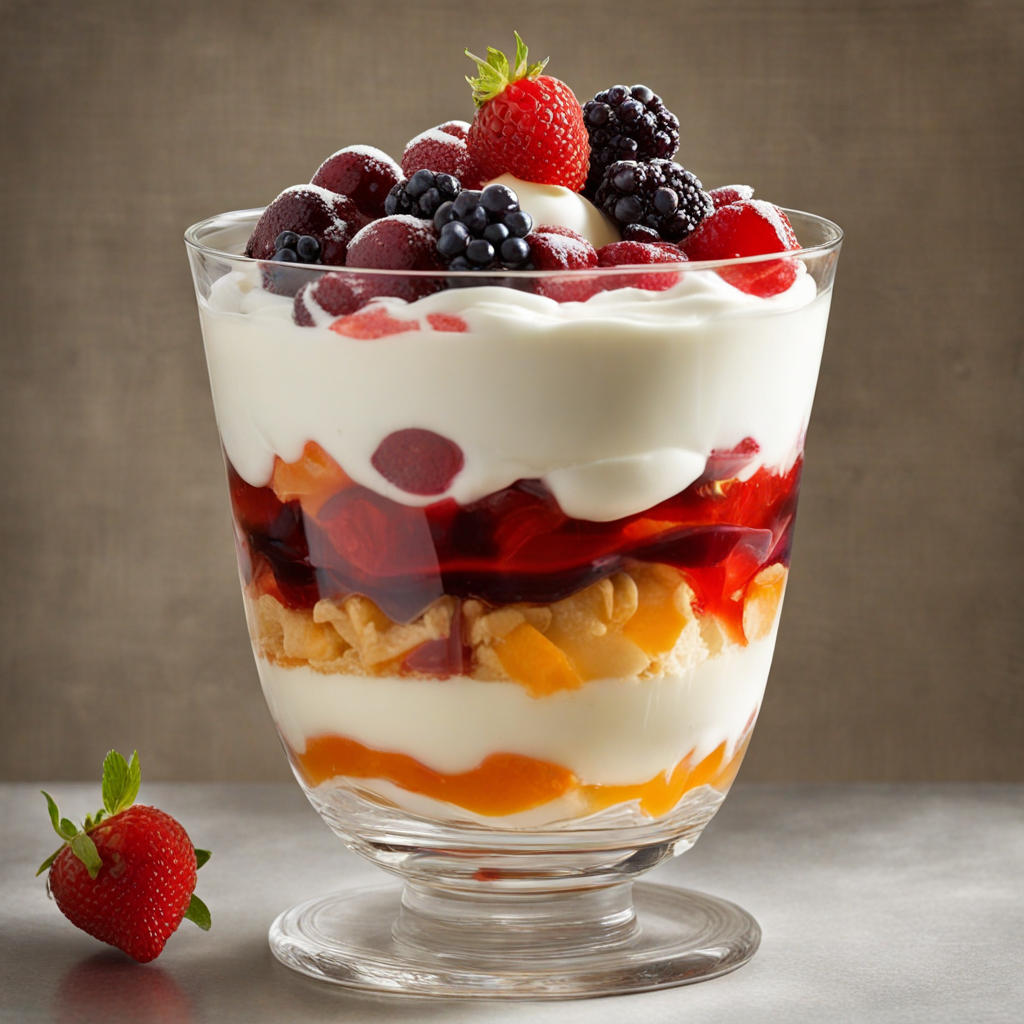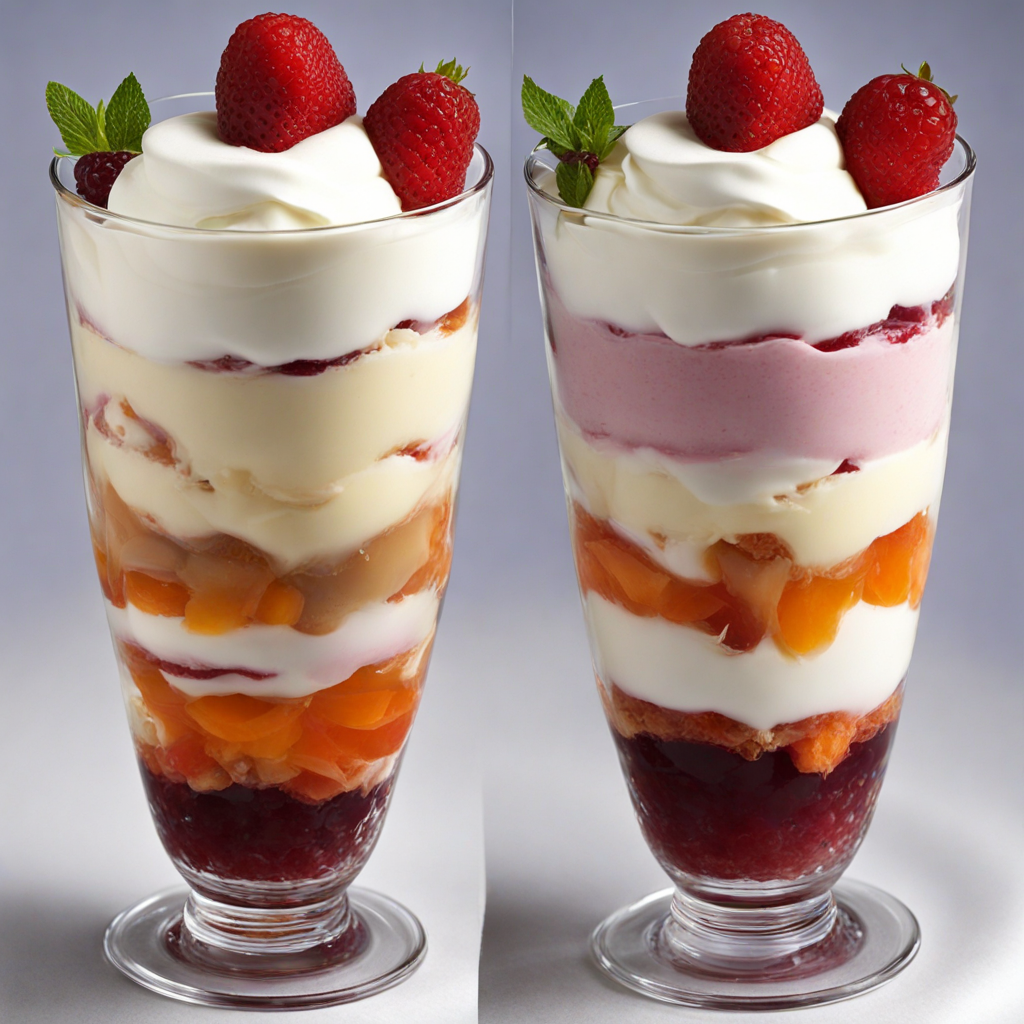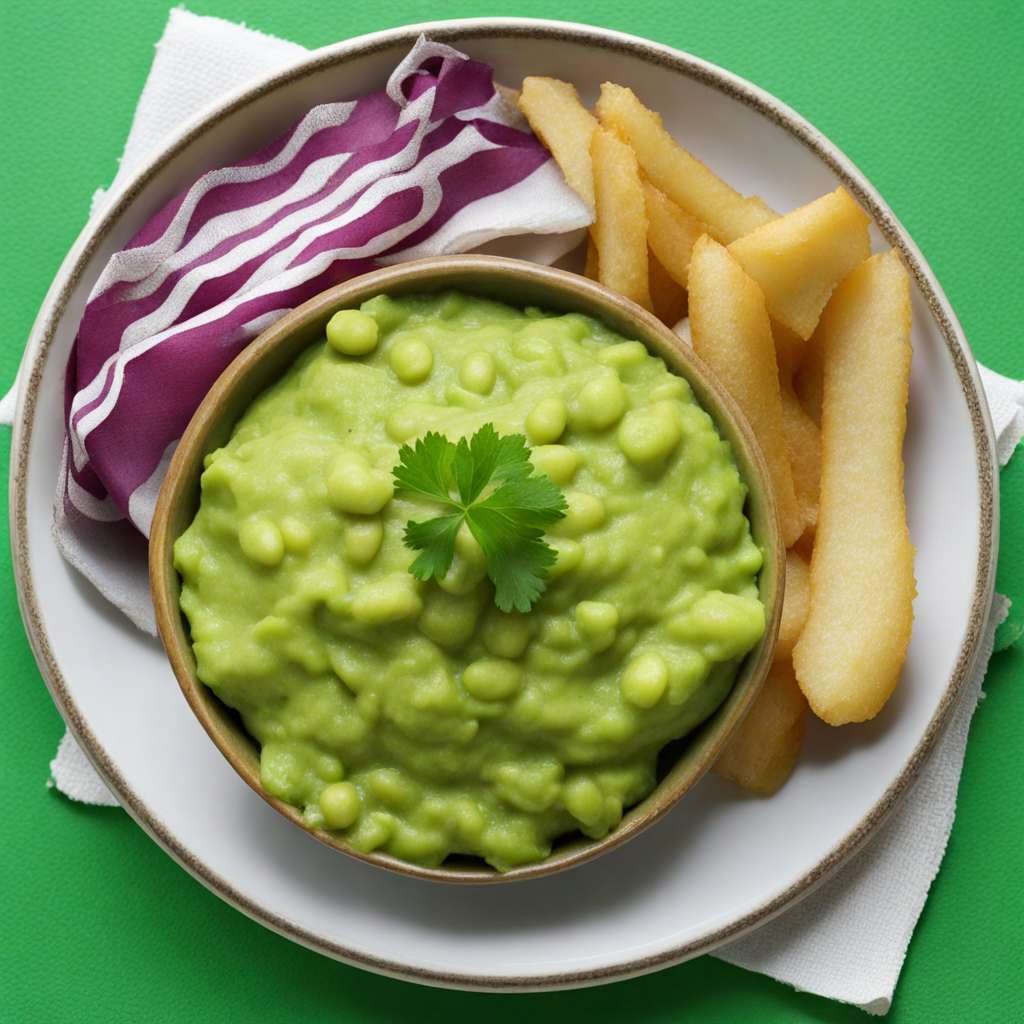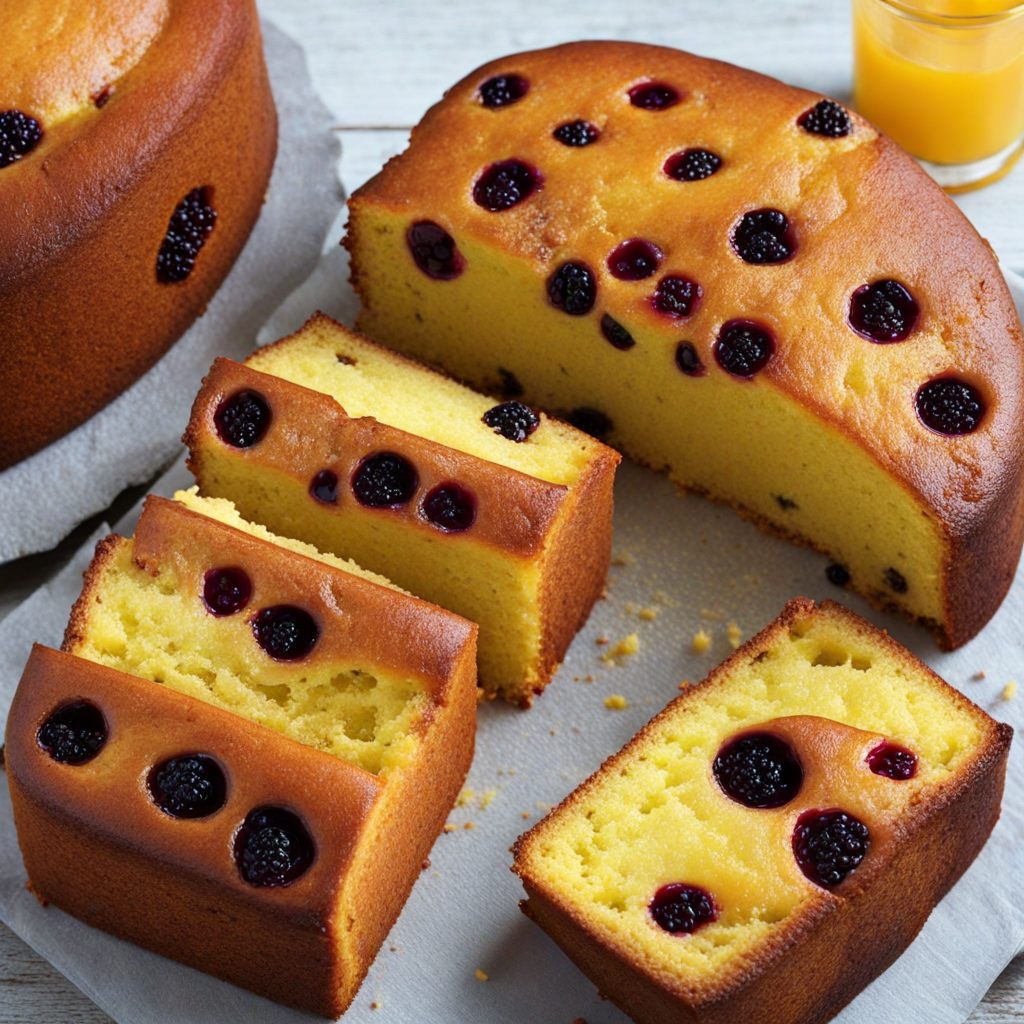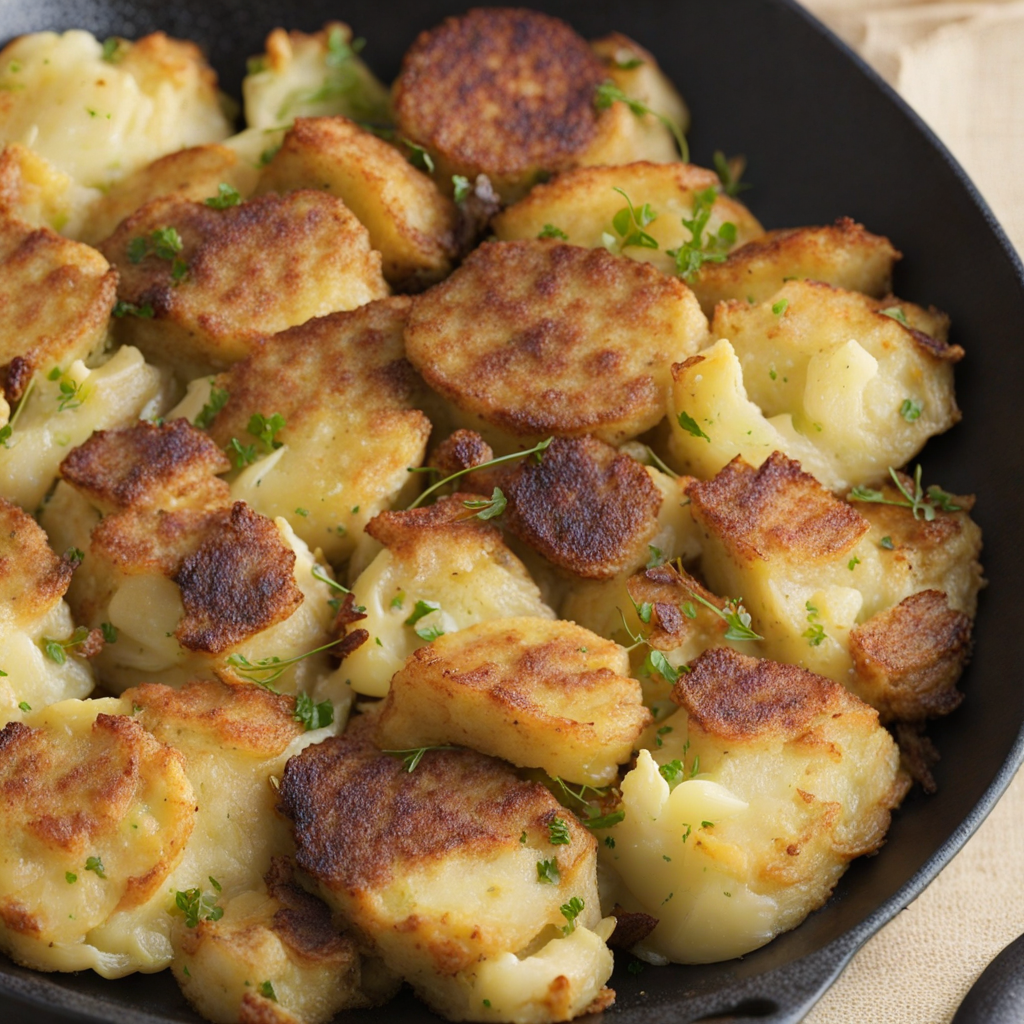Knickerbocker Glory
Knickerbocker Glory is a delightful British dessert that is as much a feast for the eyes as it is for the palate. This iconic treat typically features layers of creamy ice cream, fresh fruit, and vibrant sauces, all artfully arranged in a tall glass. The combination of flavors usually includes vanilla, strawberry, and chocolate ice cream, interspersed with juicy strawberries, raspberries, or bananas, creating a colorful and inviting presentation. Each spoonful offers a delightful contrast in textures, from the smooth creaminess of the ice cream to the refreshing crunch of the fruit. The dessert is often topped with a generous swirl of whipped cream, a drizzle of fruity syrup, and a sprinkle of nuts or chocolate shavings, adding an extra layer of indulgence. Some variations even include a cherry on top, which completes the classic look of this beloved British treat. The Knickerbocker Glory is traditionally served with a long spoon, allowing diners to mix and match the layers to create their perfect bite, making it an interactive dessert experience that is perfect for sharing. What truly sets the Knickerbocker Glory apart is its versatility. While the classic version remains a favorite, many modern interpretations experiment with different flavors and ingredients, such as sorbets, granola, or even liqueurs for a grown-up twist. This adaptability means that whether you're enjoying it on a warm summer day or as a celebratory treat, the Knickerbocker Glory promises a refreshing and satisfying conclusion to any meal, while inviting you to discover the delightful world of British desserts.
How It Became This Dish
The Enchanting History of Knickerbocker Glory #### Origins and Early History The Knickerbocker Glory, an indulgent dessert that has captured the hearts of many in the United Kingdom, has a history that is as layered as the treat itself. This delightful concoction of ice cream, fruit, and whipped cream served in a tall glass is believed to have originated in the late 19th century. The term "Knickerbocker" is thought to derive from the surname of Washington Irving’s fictional character, Diedrich Knickerbocker, who was a satirical representation of New York's Dutch past. The word eventually came to represent an elegant, somewhat aristocratic way of life, and it is likely this cultural connotation that led to its adoption for a lavish dessert. The dessert's exact origins are shrouded in mystery, and various theories abound. Some food historians argue that it was inspired by the American "sundae," which emerged around the same period, while others suggest it has roots in the British practice of layering fruit and cream in a glass, a tradition that can be traced back to Victorian dessert-making. Regardless of its precise beginnings, by the early 20th century, the Knickerbocker Glory had firmly established itself as a favorite among British sweets. #### Cultural Significance The Knickerbocker Glory is not just a dessert; it embodies a particular nostalgia and charm associated with British seaside holidays and tea rooms. As the British Empire expanded, so too did the culinary influences that shaped the Knickerbocker Glory. The dessert became a symbol of leisure and indulgence, often associated with the British middle class. Served in ornate glasses, layered with colorful ice creams, fresh fruit, and topped with whipped cream, it represented the rise of consumer culture in the post-Victorian era. The dessert gained popularity in seaside resorts, where it was often enjoyed as a refreshing treat after a day spent on the beach. It became a staple in ice cream parlors and cafes, appealing to children and adults alike. The Knickerbocker Glory has a certain theatricality to it—a visual delight that invites diners to pause and appreciate the artistry of its presentation. #### Development Over Time As with many beloved dishes, the Knickerbocker Glory has evolved over the decades. In the early 20th century, the dessert's classic components included vanilla ice cream, fruit salad, and whipped cream, often garnished with a cherry or a sprinkle of nuts. However, the post-war era saw an expansion of flavors and ingredients. With the advent of supermarket culture and the availability of diverse ingredients, ice cream parlors began to experiment with various flavors—think chocolate, strawberry, mint, and even exotic flavors like pistachio and bubblegum. By the 1960s and 70s, the Knickerbocker Glory had become a nostalgic symbol of British childhood. Families would frequent ice cream parlors, where children would eagerly choose their favorite flavors, watching in delight as the dessert was assembled right before their eyes. It became associated with childhood memories of summer outings, birthday parties, and special treats. In the culinary world, the Knickerbocker Glory also adapted to changing tastes and dietary preferences. The rise of health-conscious eating led to the introduction of lighter versions that used yogurt instead of ice cream or incorporated granola and fresh fruits to create a more nutritious option. In recent years, a resurgence of interest in artisanal and gourmet foods has prompted chefs to elevate the Knickerbocker Glory to new heights, adding creative spins such as gourmet ice creams, homemade sauces, and innovative toppings. #### The Modern Knickerbocker Glory Today, the Knickerbocker Glory is enjoying a renaissance in contemporary British cuisine. Modern interpretations of this classic dessert can be found in high-end restaurants, where chefs play with textures and flavors, offering versions that include exotic fruits, flavored syrups, and even alcohol-infused ice creams. Some establishments present the dessert in unique glassware, adorned with edible flowers or luxurious chocolate shavings, catering to the Instagram generation that craves visually stunning food. Despite the evolution it has undergone, the essence of the Knickerbocker Glory remains intact. It continues to evoke a sense of nostalgia while being adaptable to modern culinary trends. The dessert retains its place as a quintessential British treat, often featuring prominently on menus during summer months or special occasions. #### Conclusion In essence, the Knickerbocker Glory is more than just a dessert; it is a reflection of changing societal norms, cultural influences, and culinary creativity throughout British history. From its uncertain origins in the 19th century to its status as a beloved classic today, the Knickerbocker Glory encapsulates the joy of indulgence, the warmth of shared memories, and the timeless pleasure of enjoying a delicious treat. As it continues to evolve, the Knickerbocker Glory stands as a testament to the enduring appeal of simple pleasures in a rapidly changing world. Whether enjoyed on a sunny day at the seaside, in a bustling café, or as an elegant finale to a fine meal, this delightful dessert ensures that the spirit of indulgence and celebration remains alive in the hearts of all who partake of it.
You may like
Discover local flavors from United Kingdom


